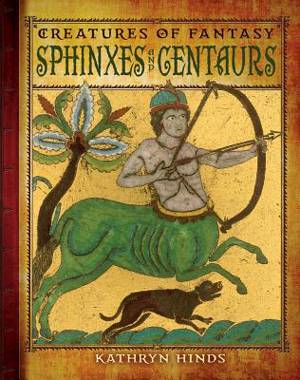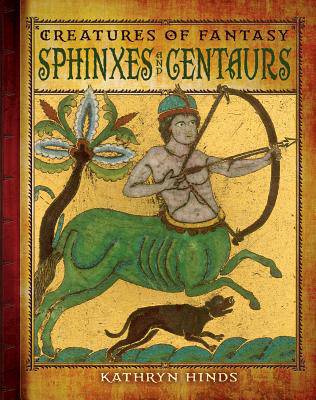
- Afhalen na 1 uur in een winkel met voorraad
- Gratis thuislevering in België vanaf € 30
- Ruim aanbod met 7 miljoen producten
- Afhalen na 1 uur in een winkel met voorraad
- Gratis thuislevering in België vanaf € 30
- Ruim aanbod met 7 miljoen producten
Zoeken
Omschrijving
The sphinx, which appeared in Egyptian mythology, has a head of a human and the body of a lion; however in other cultures, wings sometimes also are included. Centaurs are half-human, half-horse creatures that are often depicted in battle. Research into these creatures and the cultures from which they come has provided anthropological understanding in some areas, but has also led to many more questions about the creatures' existence and origins. This book examines the myths, legends, and facts surrounding the sphinx and centaur. Cultural diversity is celebrated through the examination of myths and legends from around the world and presents different interpretations about each, providing detailed information for the reader to dissect and explore. The chapters include detailed sidebars giving insight into legends of past civilizations and encourages students to compare and contrast myths across ages and cultures. Portions of this book use primary sources directing where students can find more information, including links to websites, videos, and other rich content.
Specificaties
Betrokkenen
- Auteur(s):
- Uitgeverij:
Inhoud
- Aantal bladzijden:
- 64
- Taal:
- Engels
- Reeks:
Eigenschappen
- Productcode (EAN):
- 9780761449270
- Verschijningsdatum:
- 16/08/2013
- Uitvoering:
- Hardcover
- Formaat:
- Bibliotheekbinding
- Afmetingen:
- 208 mm x 259 mm
- Gewicht:
- 476 g

Alleen bij Standaard Boekhandel
+ 128 punten op je klantenkaart van Standaard Boekhandel
Beoordelingen
We publiceren alleen reviews die voldoen aan de voorwaarden voor reviews. Bekijk onze voorwaarden voor reviews.











